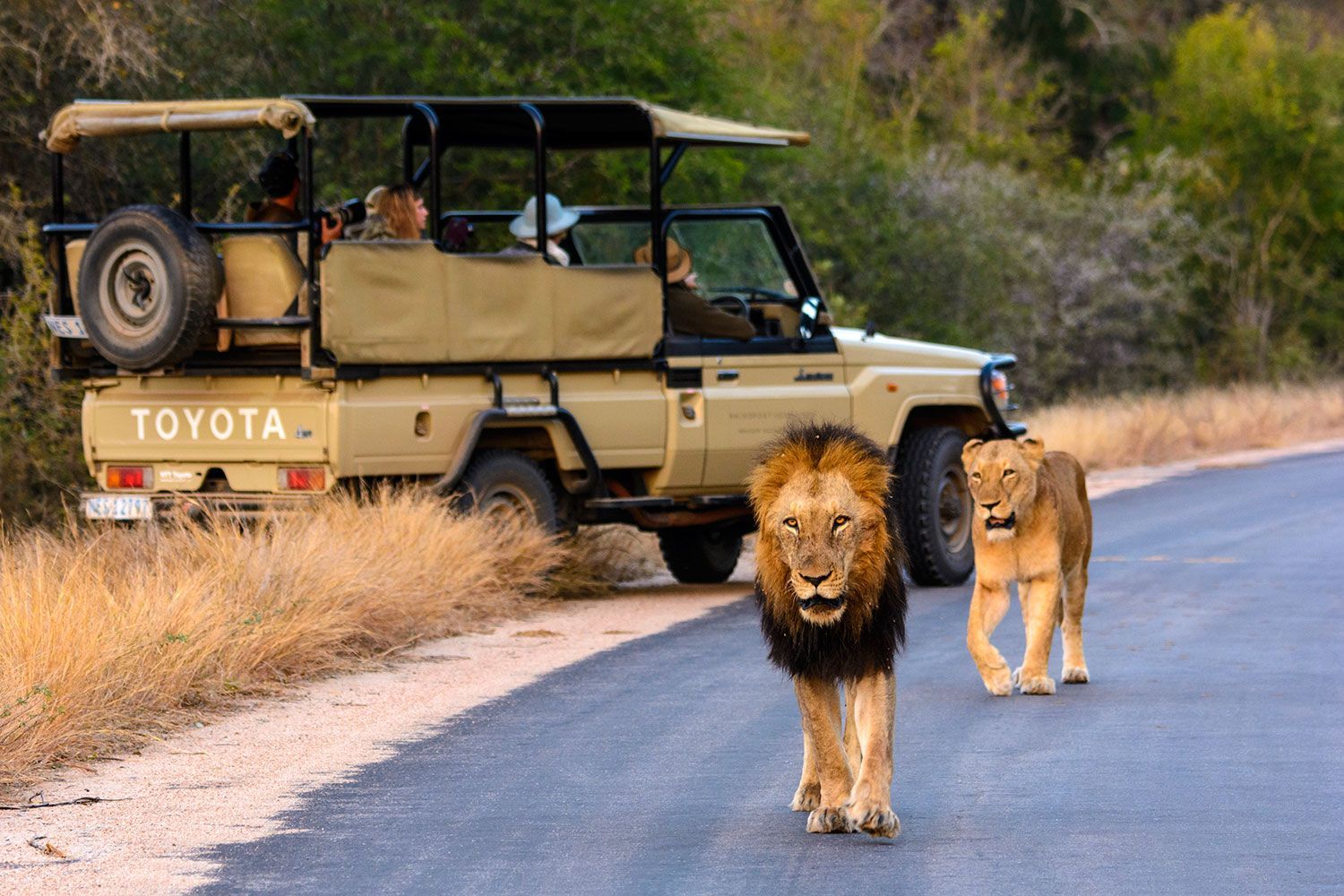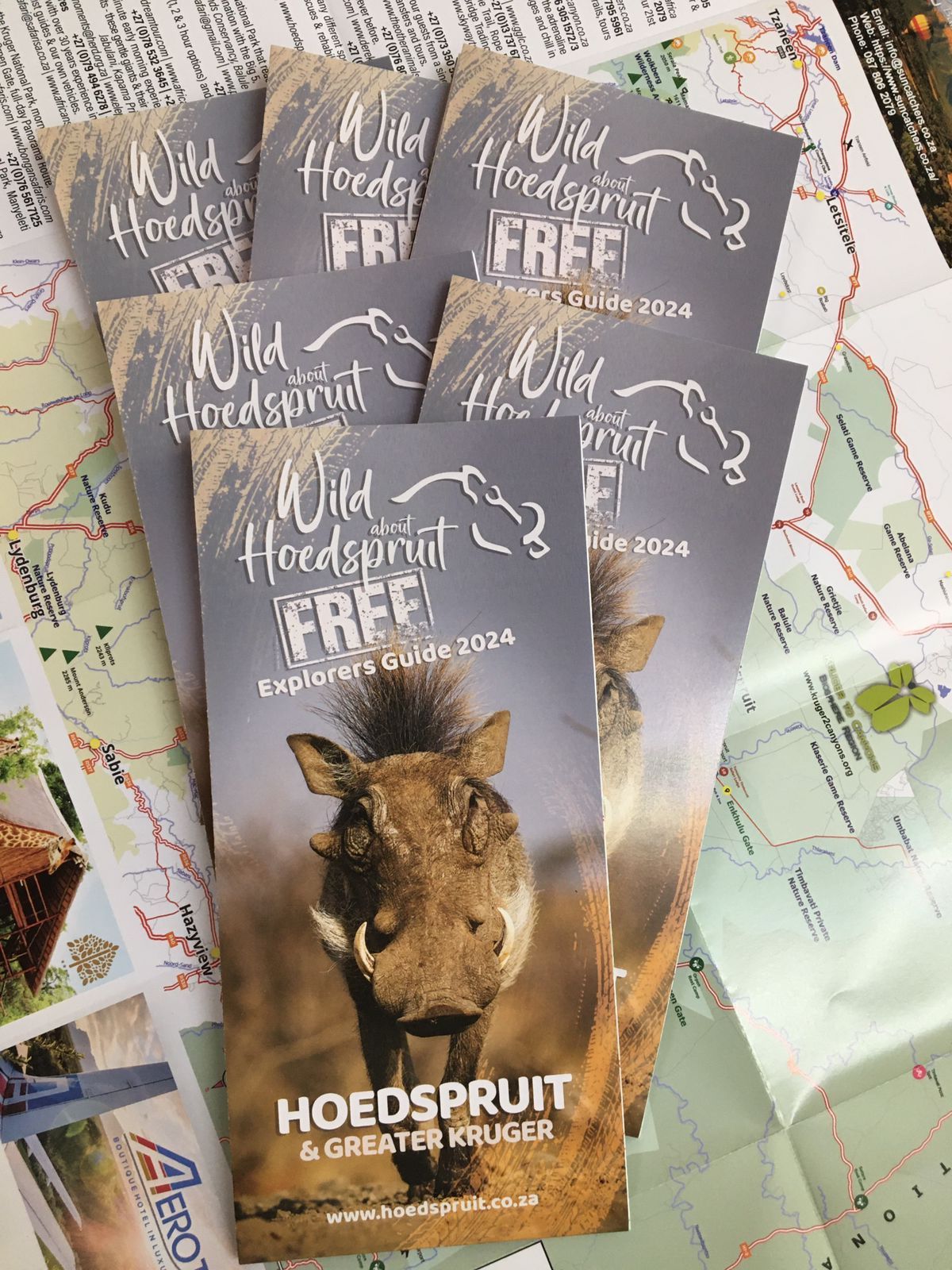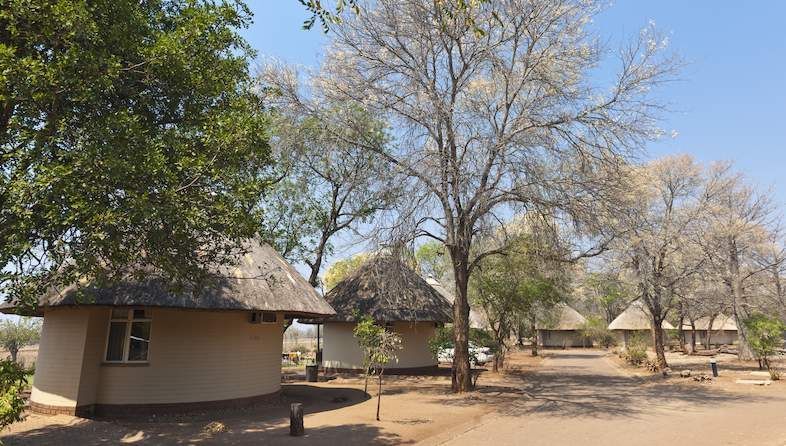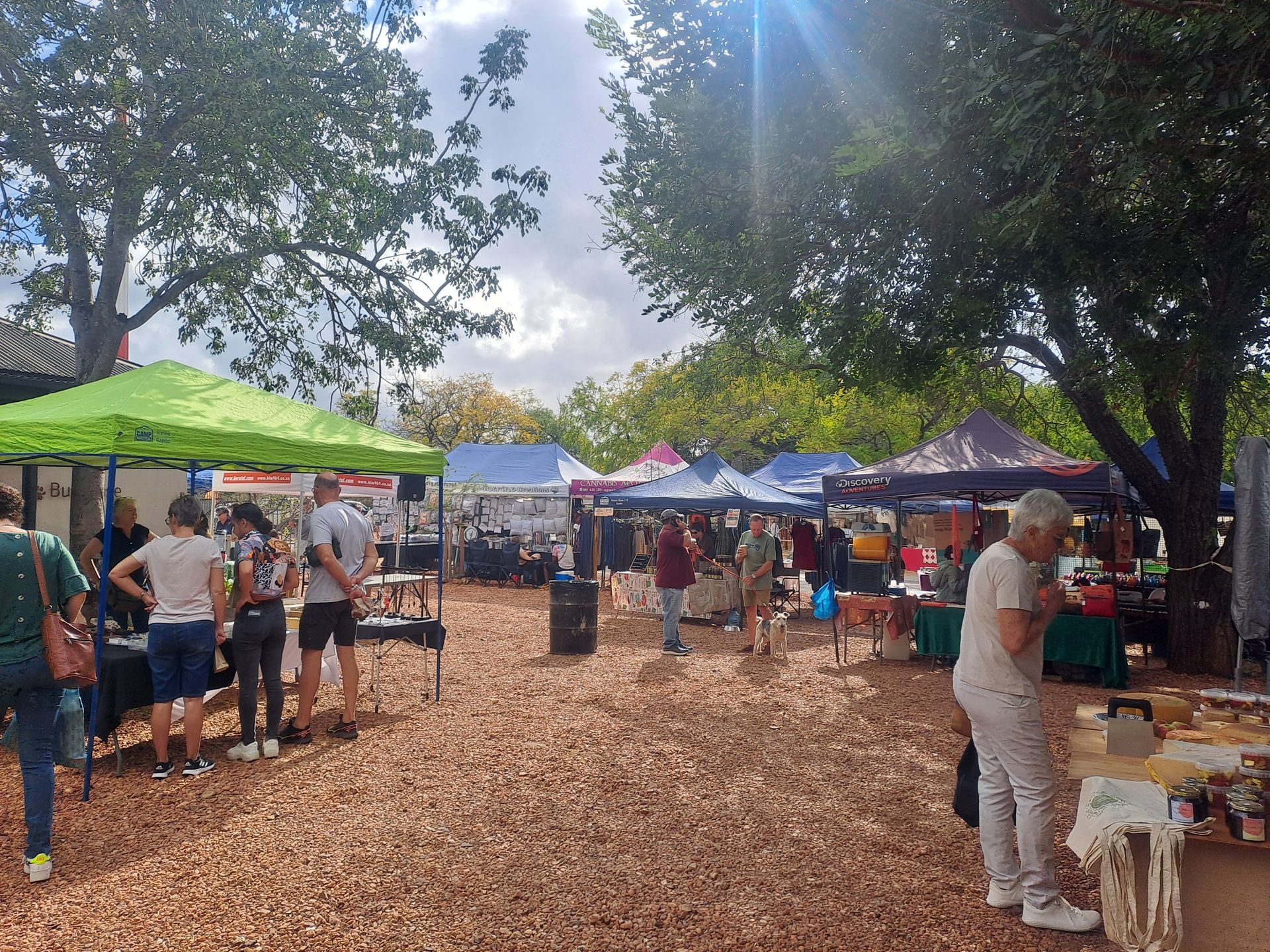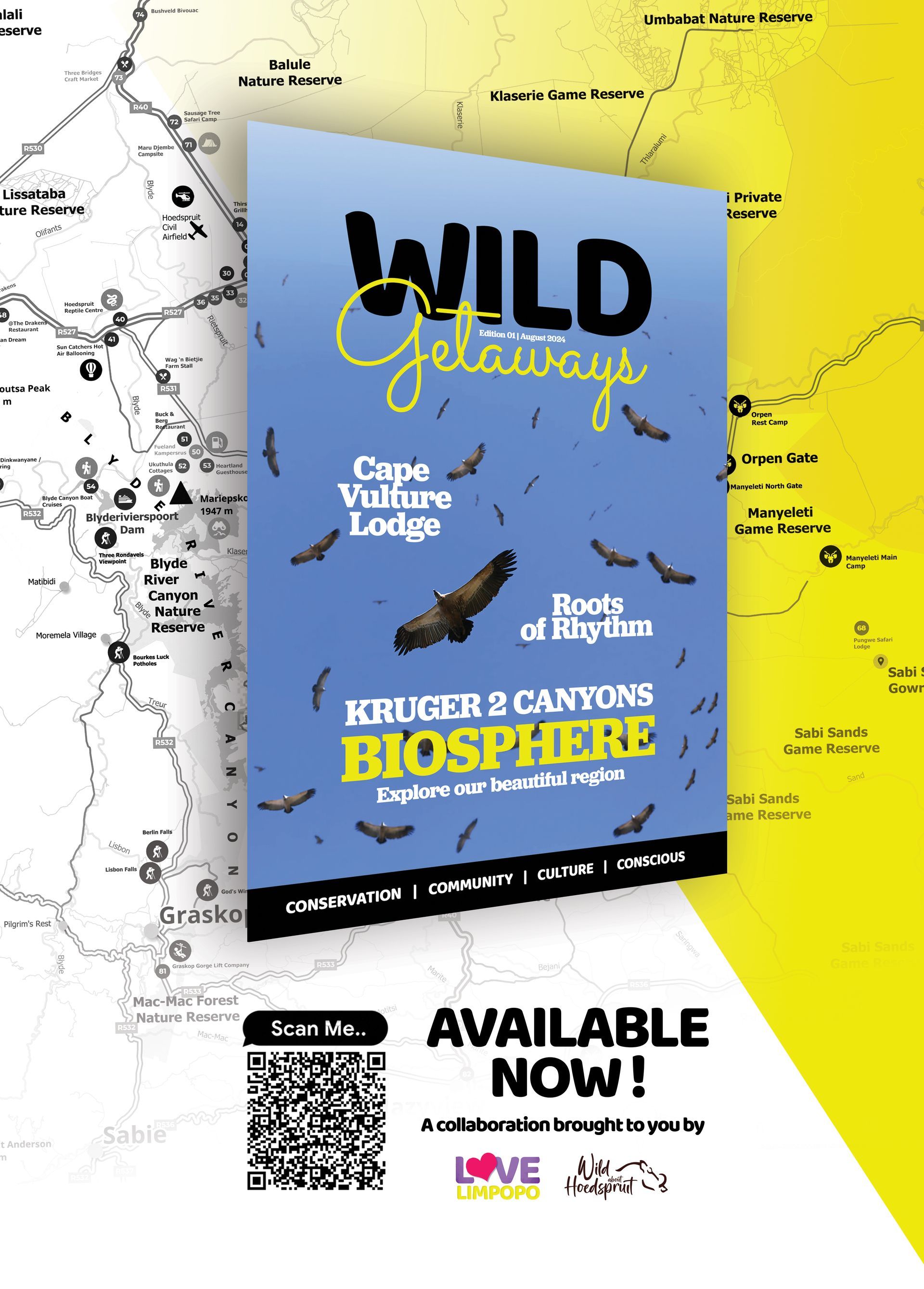Month-by-Month Guide to Kruger National Park
Kruger National Park, a sprawling sanctuary of wildlife, beckons explorers to embark on a journey through its diverse landscapes and captivating encounters. In this comprehensive guide, we unravel the secrets of Kruger, providing a month-by-month roadmap for an immersive safari experience. From the pulsating energy of the impala rut to the serene beauty of a sunset boat cruise, discover the best times to visit, wildlife highlights, and insider tips for an unforgettable adventure.
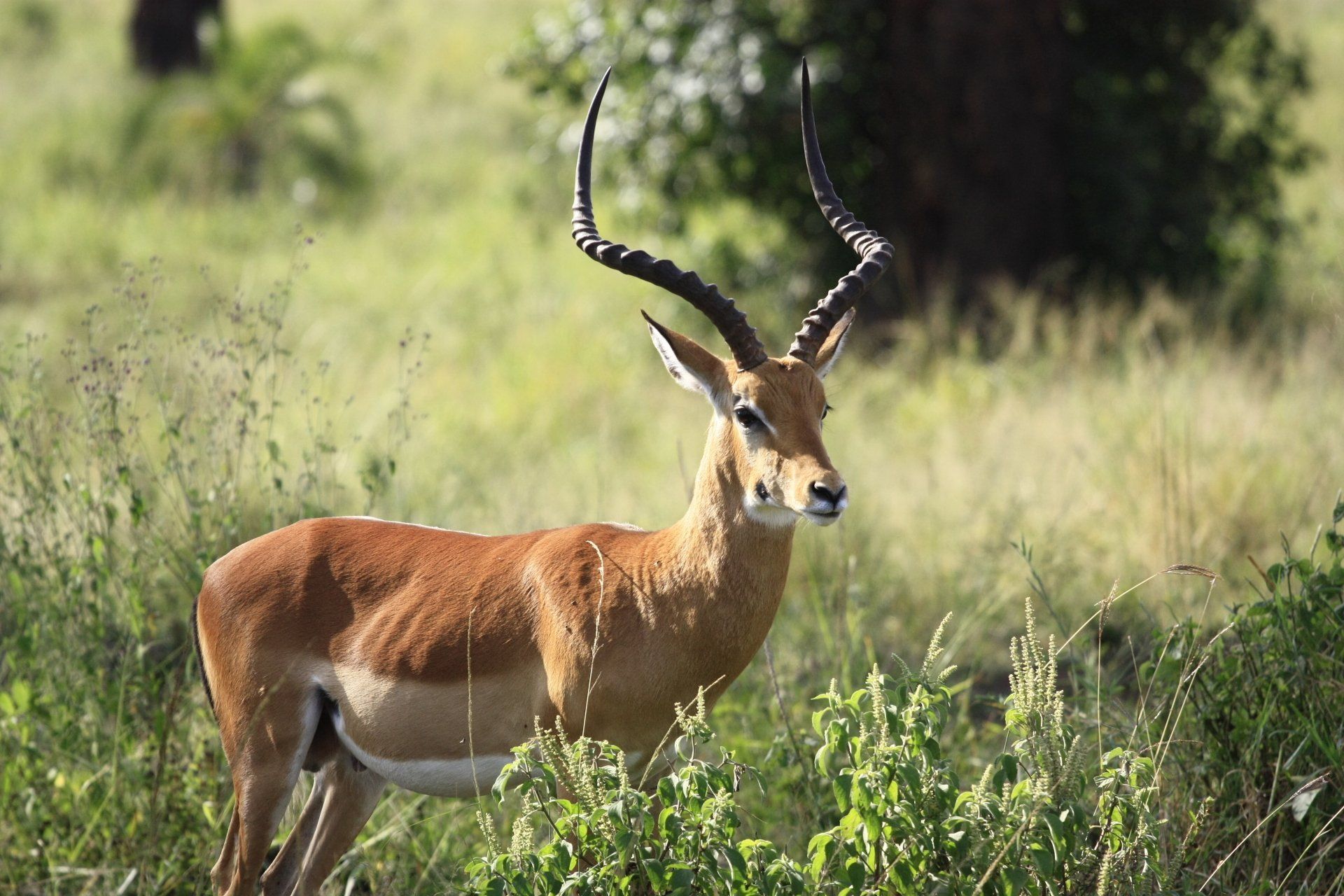
January
- Weather Patterns: In January, Kruger experiences the height of summer. Expect scorching temperatures, often reaching 90°F (32°C). Occasional afternoon thunderstorms provide a reprieve from the heat.
- Wildlife Activity: The lush vegetation and water sources make this month ideal for observing a variety of wildlife. Elephants and hippos are frequently seen near rivers and waterholes.
- Special Events or Phenomena: Witness the birthing season for impalas, adding a touch of tenderness to the vibrant landscape.
- Crowd Levels: High, as it coincides with the Southern Hemisphere's summer vacation period.
- Recommended Activities:
Explore the southern regions for an abundance of wildlife, and embark on guided night drives to spot nocturnal creatures.
- Accommodation Availability: Book in advance as demand is high during the holiday season.
February
- Weather Patterns: February continues the trend of hot and humid weather with the occasional afternoon rain shower.
- Wildlife Activity: Spot big cats, such as lions and leopards, as they are more active during the cooler parts of the day.
- Special Events or Phenomena: The calving season for wildebeests and zebras begins, offering captivating scenes of new life.
- Crowd Levels: High, with continued summer vacation crowds.
- Recommended Activities: Head to central and northern regions for excellent game viewing, and consider bird watching as migratory species start to arrive.
- Accommodation Availability: Pre-book accommodations to secure your stay.
March
- Weather Patterns: March marks the end of summer, with temperatures beginning to cool. Afternoon rain showers are still possible.
- Wildlife Activity:
Witness the last of the birthing season, and spot large herds of herbivores.
- Special Events or Phenomena:
Keep an eye out for the impressive birdlife, as migrant birds arrive in larger numbers.
- Crowd Levels: Gradually decreasing as the summer vacation season concludes.
- Recommended Activities:
Visit waterholes for excellent wildlife sightings, and enjoy the comfortable temperatures for bushwalks.
- Accommodation Availability: Still advisable to book in advance, although availability may be better than in previous months.
April
- Weather Patterns: Autumn arrives, bringing milder temperatures. Days are warm, and nights are cooler.
- Wildlife Activity:
Elephants become more visible as they congregate around water sources. Predators are active during the cooler mornings and evenings.
- Special Events or Phenomena:
Witness the changing colors of the landscape as the vegetation begins to dry up.
- Crowd Levels: Moderate, making it an ideal time for those seeking a balance between wildlife viewing and solitude.
- Recommended Activities: Explore the central and northern areas for wildlife encounters, and enjoy sunset game drives.
- Accommodation Availability: Booking in advance is still advisable, but more last-minute options may be available.
May
- Weather Patterns: May signals the start of the dry season. Days are warm, and evenings can be cool.
- Wildlife Activity:
With the vegetation thinning out, spot elusive predators like leopards. Bird watching is excellent, with resident and migrant species in abundance.
- Special Events or Phenomena: The Great Limpopo Transfrontier Park starts to experience an influx of animals seeking water.
- Crowd Levels: Low to moderate, making it an ideal time for a quieter safari experience.
- Recommended Activities: Explore the entire park for diverse wildlife sightings, and consider a hot air balloon safari for a unique perspective.
- Accommodation Availability: Generally more availability, but booking ahead is still wise.
June
- Weather Patterns: June heralds the start of the dry season. Days are sunny and warm, while nights can be chilly.
- Wildlife Activity: The dry season concentrates wildlife around waterholes, providing exceptional game viewing opportunities.
- Special Events or Phenomena:
Witness the beginning of the impala rut, where males compete for dominance.
- Crowd Levels: Low, making June an excellent time for a tranquil safari experience.
- Recommended Activities: Explore the central and northern regions for prime game viewing, and enjoy the crisp mornings for memorable bushwalks.
- Accommodation Availability: More options available, and last-minute bookings may be possible.
July
- Weather Patterns:
Dry and cool conditions prevail in July. Days are sunny, and nights are cold.
- Wildlife Activity: Predators are highly active during the day, and large herds of herbivores roam the landscape.
- Special Events or Phenomena:
Experience the thrill of predator-prey interactions as animals gather around water sources.
- Crowd Levels:
Low, providing an intimate safari experience.
- Recommended Activities: Head to waterholes for intense wildlife encounters, and consider a visit to the far north for unique ecosystems.
- Accommodation Availability: Generally good availability, with the possibility of last-minute bookings.
August
- Weather Patterns: August continues the dry and cool conditions. Days are pleasantly warm, and nights are chilly.
- Wildlife Activity: Predators are still active, and birdlife is prolific. Elephant sightings are excellent as they gather around water sources.
- Special Events or Phenomena: The Great Limpopo Transfrontier Park experiences peak wildlife concentrations.
- Crowd Levels: Low, ensuring a peaceful safari experience.
- Recommended Activities: Explore different regions for diverse wildlife encounters, and consider a guided walking safari for a closer connection with nature.
- Accommodation Availability: Generally good availability, with the possibility of last-minute bookings.
September
- Weather Patterns: Spring arrives in September, with warmer temperatures returning. Days are warm, and nights are mild.
- Wildlife Activity:
Witness the spectacle of the impala rut, as males compete for mates. Birdwatching is exceptional.
- Special Events or Phenomena: The arrival of the first summer migrants adds to the diversity of birdlife.
- Crowd Levels:
Low to moderate, making it an excellent time for a balanced safari experience.
- Recommended Activities: Explore different ecosystems for varied wildlife sightings, and consider a boat safari for a unique perspective.
- Accommodation Availability: Generally good availability, with the possibility of last-minute bookings.
October
- Weather Patterns:
October marks the end of the dry season, with temperatures rising. Days are hot, and nights are mild.
- Wildlife Activity:
Excellent game viewing continues, with predators and large herbivores in abundance.
- Special Events or Phenomena:
Witness the blooming of wildflowers, adding a burst of color to the landscape.
- Crowd Levels: Moderate, as more visitors arrive in anticipation of the upcoming summer season.
- Recommended Activities:
Explore the central and southern regions for prime game viewing, and enjoy sunset boat cruises for a relaxing experience.
- Accommodation Availability: Booking in advance is advisable, as demand increases.
November
- Weather Patterns:
November marks the start of the rainy season. Days are hot, with occasional afternoon thunderstorms.
- Wildlife Activity: Young animals are abundant as many species give birth during the rainy season.
- Special Events or Phenomena: Witness the transformation of the landscape as the first rains bring renewal.
- Crowd Levels:
Moderate to high, as visitors take advantage of the pleasant weather.
- Recommended Activities: Explore different regions for diverse wildlife encounters, and enjoy the vibrant greenery of the landscape.
- Accommodation Availability: Booking in advance is recommended, as demand increases.
December
- Weather Patterns:
December brings the full force of the rainy season, with hot and humid days and frequent afternoon thunderstorms.
- Wildlife Activity: Young animals continue to be a highlight, and the landscape is lush and green.
- Special Events or Phenomena:
Experience the vibrant energy of the park as wildlife and vegetation thrive.
- Crowd Levels:
High, as the holiday season brings an influx of visitors.
- Recommended Activities: Explore the central and northern regions for diverse wildlife sightings, and consider night drives for nocturnal encounters.
- Accommodation Availability: Book well in advance, as demand is at its peak.
Kruger National Park offers a captivating and ever-changing landscape throughout the year. Whether you seek the drama of predator-prey interactions or the tranquility of a boat safari, there's a unique experience waiting for you every month. Plan accordingly, and immerse yourself in the untamed beauty of one of Africa's premier wildlife destinations.
Wild About Kruger
Explore the Wild About Kruger series, your comprehensive source for discovering the magic of Kruger National Park from the hub of Hoedspruit. Here, we delve into all you need to know, from incredible wildlife experiences to insider insights and travel arrangements.
Johann Nortje
Strategy & Creative Development
Johann brings two decades of expertise in technology seamlessly interwoven with a passion for tourism. His career reflects a drive for the confluence of development and conservation projects across the African continent.
Share This Article
Quicklinks
Related Articles
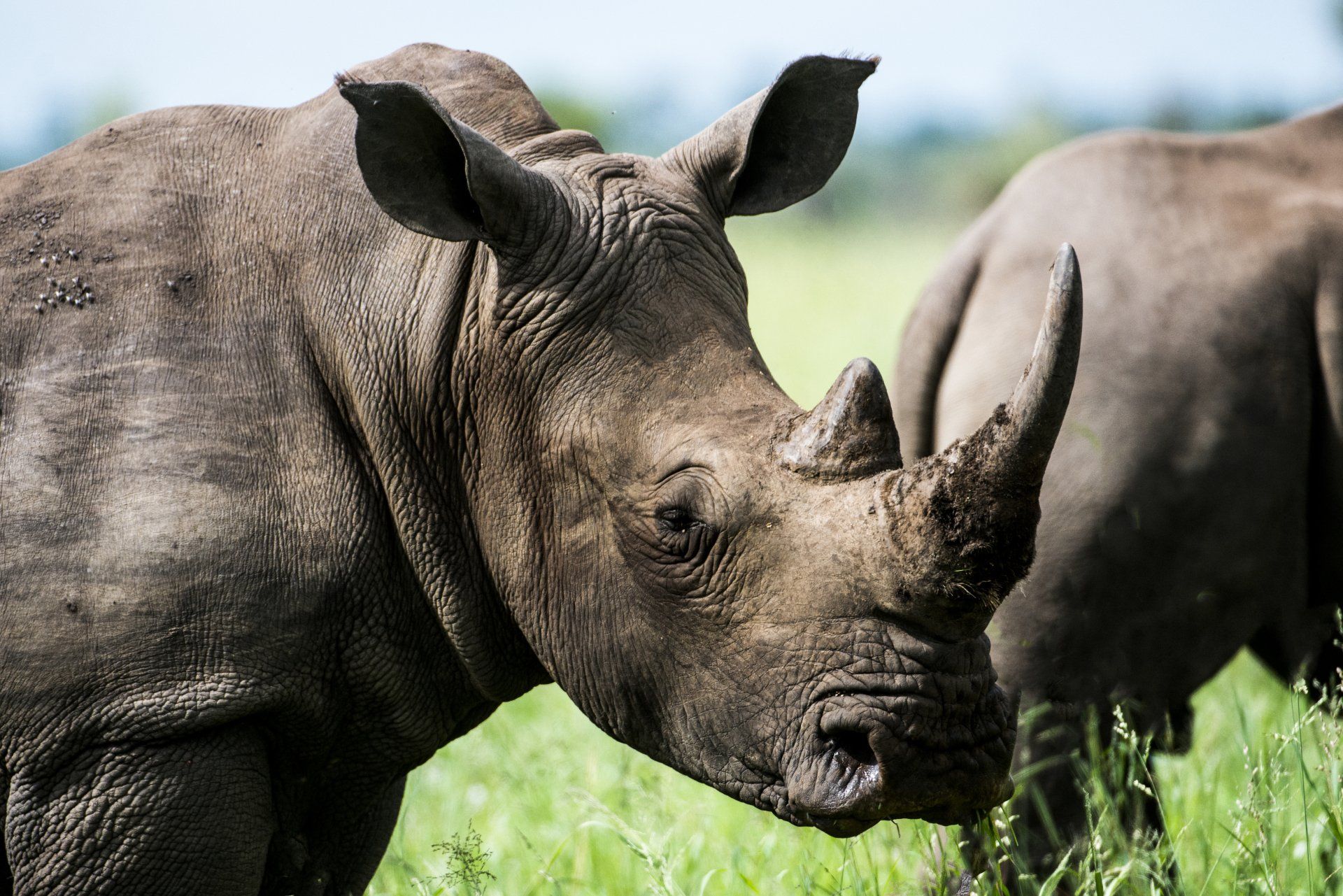
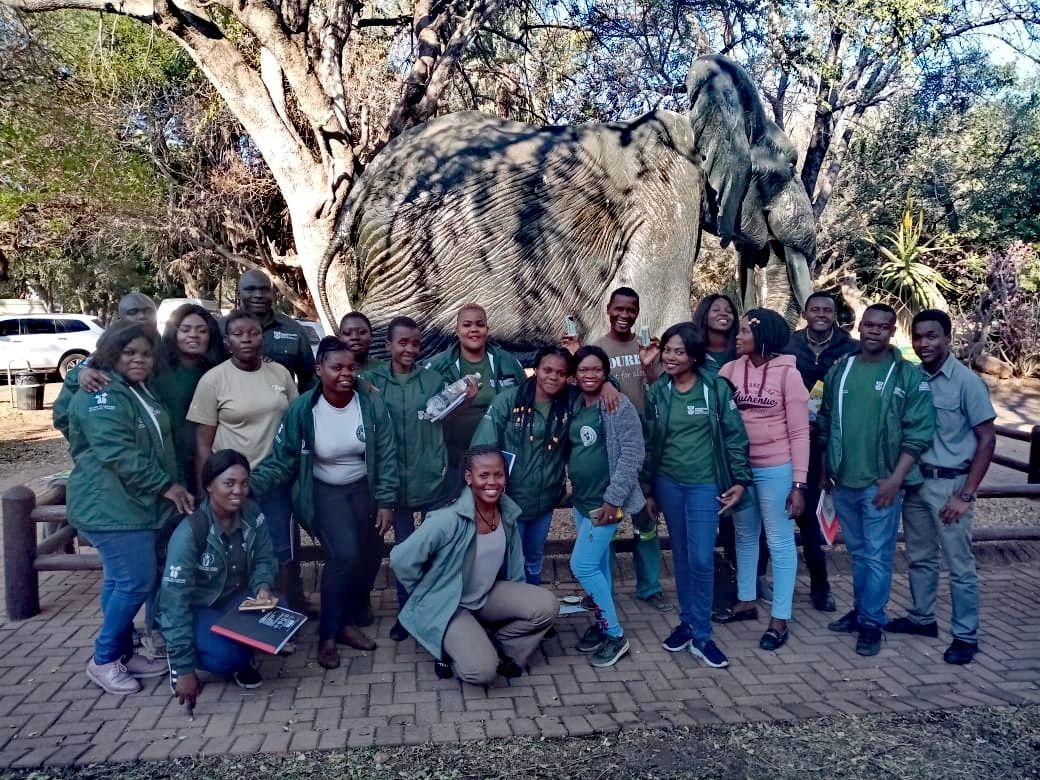
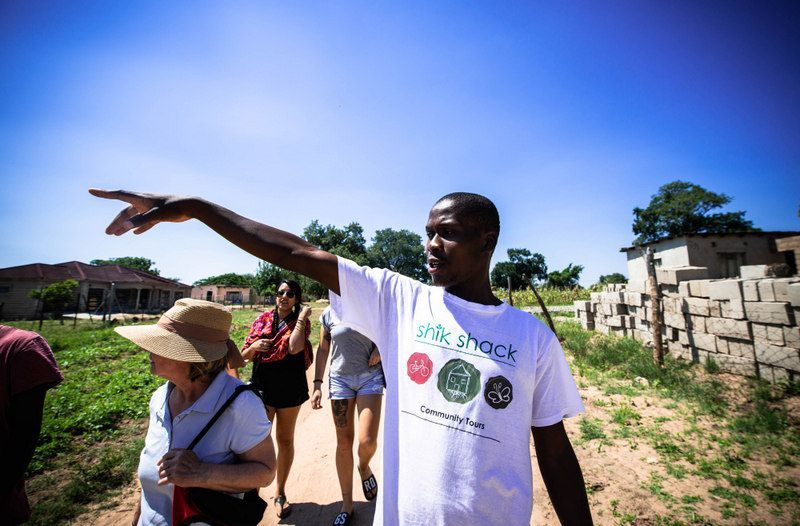
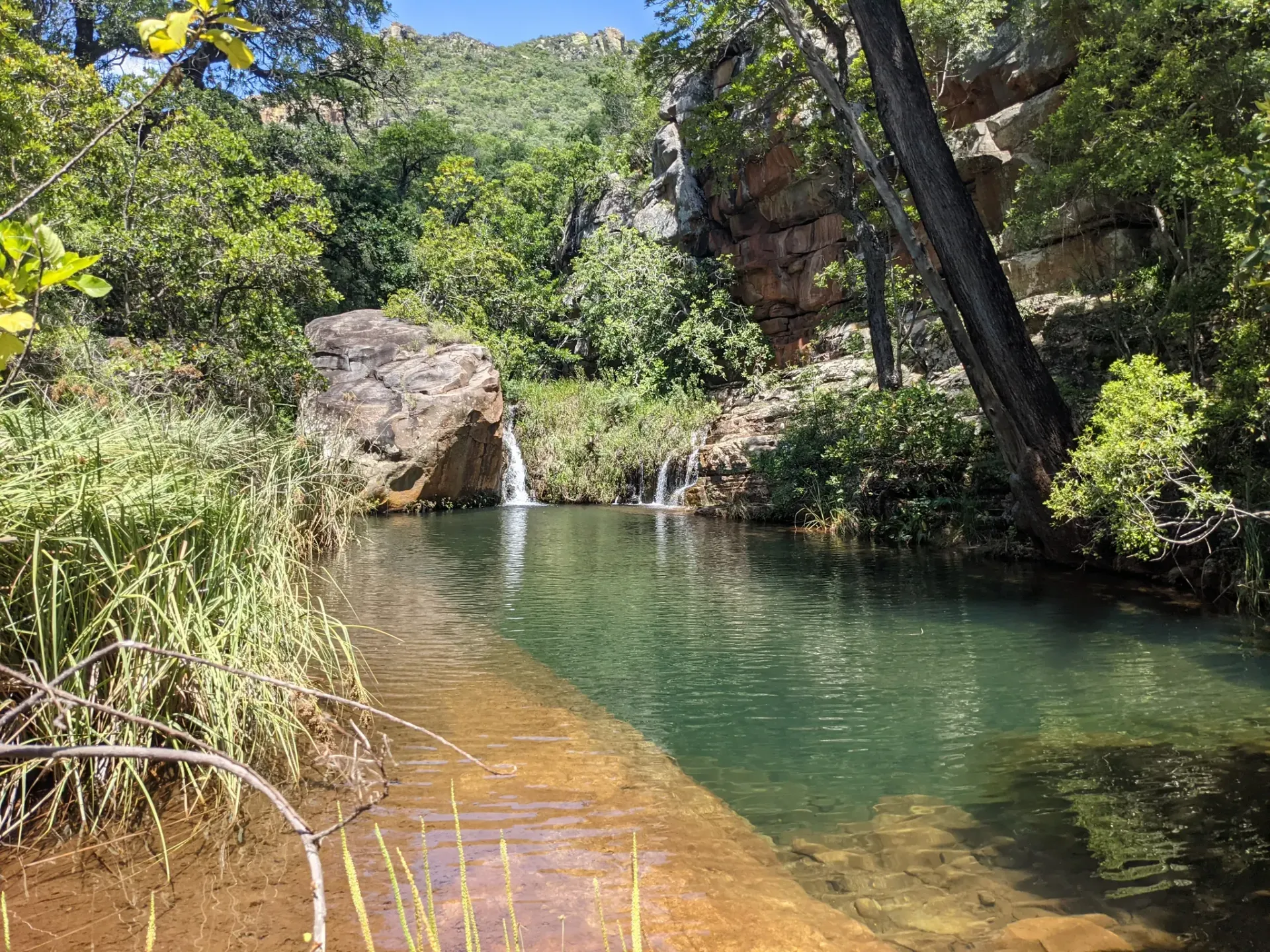



Hoedspruit Articles




